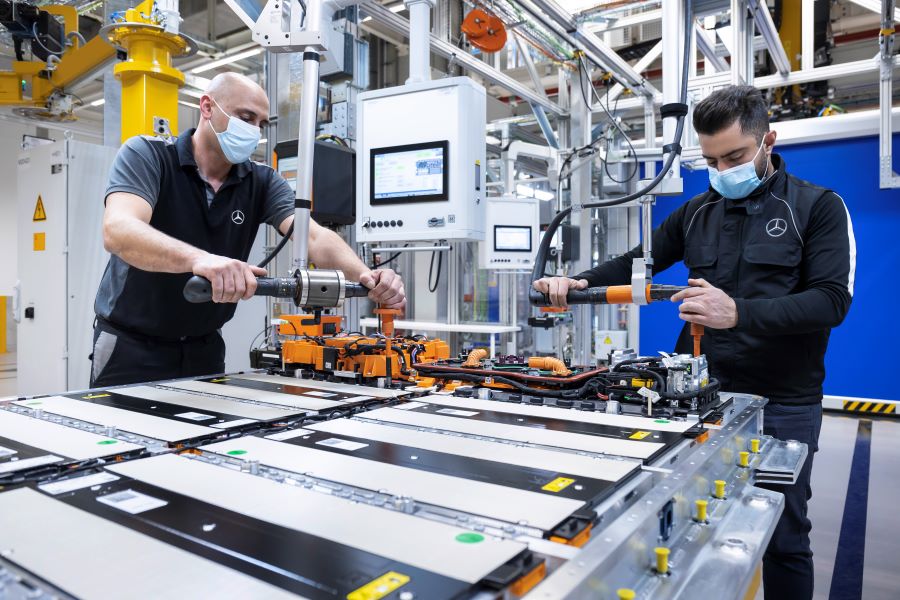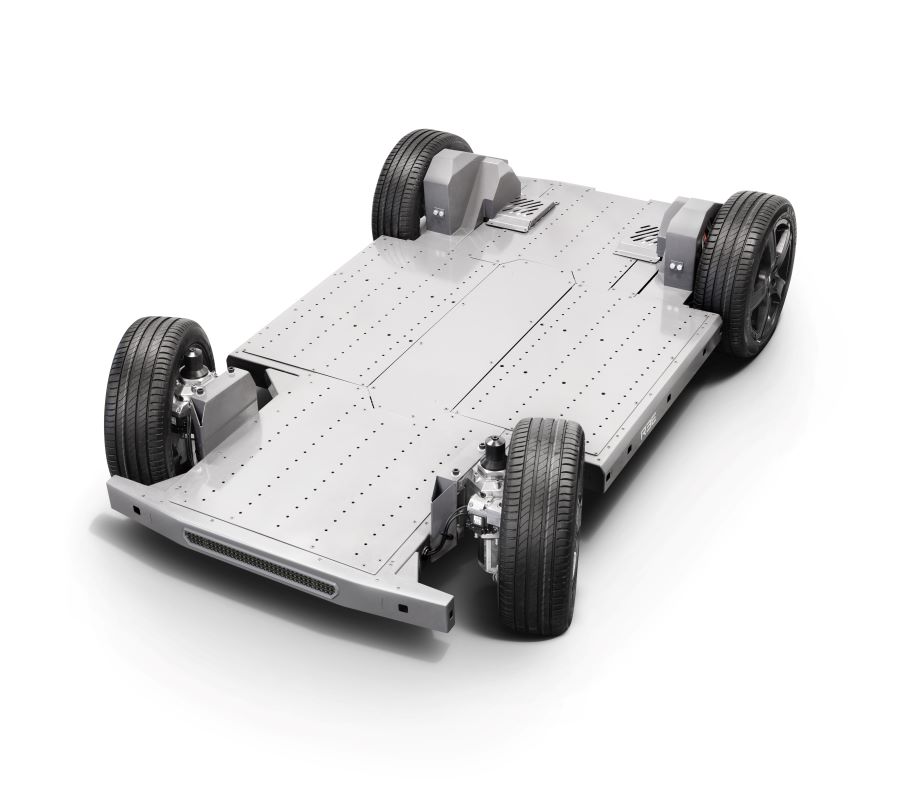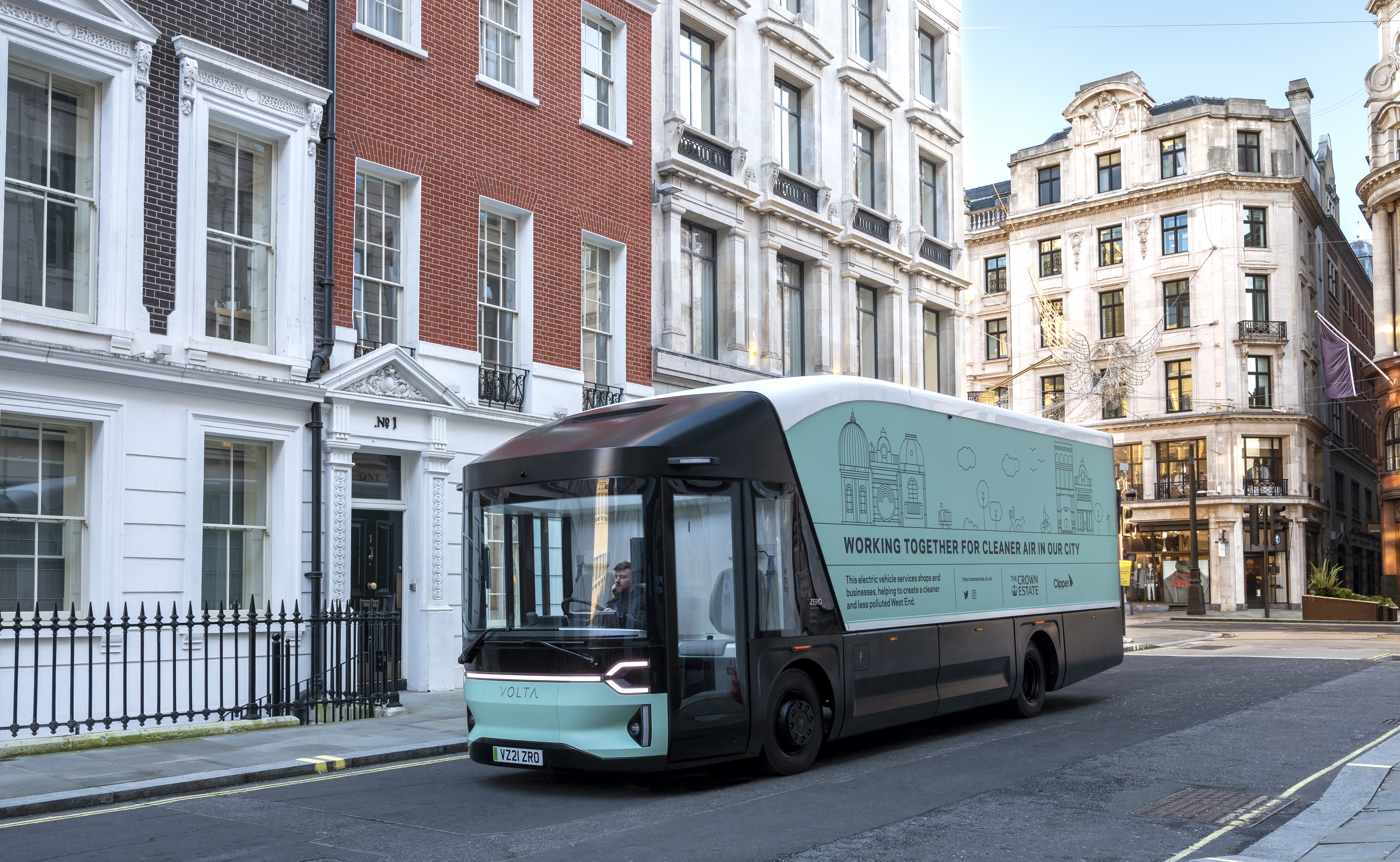As the range and speed of electric-only propulsion increases, the performance of motors and batteries will become more critical. That’s why some automakers have decided to design, develop and produce electric vehicle components in-house, rather than purchase subassemblies from suppliers.
Off-the-shelf parts, no matter how extensively they are adapted for a specific application, can compromise the efficiency of the propulsion system. The old-school trend toward in-house manufacturing will have a considerable impact on the EV supply chain during the next decade.
“It is a combination of a lack of maturity in the EV supply base as well as a desire to retain the intellectual knowledge within the firms,” says Nam Thai-Tang, vice president of programs at ALTe LLC, a startup firm that specializes in range-extended electric power trains. “We have found many of the battery and electronic companies just aren’t very knowledgeable in developing an integrated system to meet the demands of the automotive application.
“There are many companies touting the next great thing, but few can actually execute it,” adds Thai-Tang. “There are many small companies coming out of other industries, such as electronics, industrial controls and consumer goods, that offer expertise to innovate and accelerate the EV space.”
However, many of these companies lack the capital and production capability to provide volume production on an automotive scale. Some nonautomotive firms lack the engineering rigor and production knowledge to develop high-volume components that are reliable and repeatable.
“It is very likely that the firms with great technology will be bought up by the larger traditional supply base, so that their technology can be commercialized for automotive needs,” Thai-Tang predicts. “Eventually, the supply base will get there and be more efficient at it than the big OEMs.”
Until the EV supply chain is firmly established, Ford Motor Co. and General Motors Co. plan to pursue an in-house production strategy for key components. For instance, Ford recently announced that it is investing $135 million to create a center of excellence for vehicle electrification that will design, engineer and produce key components for the company’s next-generation hybrid-electric vehicles.
According to Sherif Marakby, director of electrification programs and engineering, “it’s an important move that brings work from other countries back to the United States,” and ensures the quality and availability of strategic EV components.
Ford’s Rawsonville Plant in Ypsilanti, MI, will start assembling battery packs beginning in 2012, moving work to Michigan that is currently performed in Mexico by a supplier. The automaker’s Van Dyke Transmission Plant in Sterling Heights, MI, will build the electric drive transaxles for next-generation hybrids beginning in 2012. The transaxles are currently built in Japan. Ford is adding more than 150 jobs at its Michigan plants to build these key components.
“We [already] do all the integration in Michigan,” says Marakby. “By having the components all developed in-house, it makes it that much easier to integrate . . . the parts so they’re lighter, smaller and less costly.”
General Motors is also taking a build-it-inside approach to some EV components. The electric motors for the Chevy Volt are being provided by an outside supplier, but GM is assembling them into a unique electric drive unit internally. Earlier this year, GM announced that it plans to invest $269 million in its White Marsh plant near Baltimore to produce motors for future hybrid systems.
“By doing so, GM will lower costs and improve performance, quality, reliability and manufacturability of electric motors by controlling design, materials selection and production processes,” claims Tom Stephens, vice chairman of global product operations. The first GM-designed and built electric motors are scheduled to debut in 2013.
“In the future, electric motors might become as important to GM as engines are now,” Stephens points out. “By designing and manufacturing electric motors in-house, we can more efficiently use energy from batteries as they evolve, potentially reducing cost and weight. Similar to today’s internal combustion engines, automotive electric motors require an unparalleled combination of exceptionally low noise, vibration and harshness, high reliability and affordability that is achievable only by understanding the entire value chain.”
Stephens says GM has been building its in-house capability for years by expanding electric motor R&D, design and validation capabilities at facilities in Michigan, Indiana and California.
In addition to growing its in-house capabilities, GM plans to continue to purchase and codesign electric motors with suppliers. “This is a strategy we use today with batteries,” explains Stephens. “We are partnering with suppliers to create innovations faster than ever before. Our goal is to establish GM as a leader in automotive electric motors.”
To address the in-house vs. outsource challenge, SAE International is sponsoring aPowertrain Electric Motor Symposium for Hybrid and Electric Vehiclesnext month in Stuttgart, Germany. A panel of experts, including representatives from Chrysler, Daimler, General Motors and Volkswagen, and major suppliers, such as Brose, Continental, Remy and Robert Bosch, will discuss how OEMs need to start new supplier relationships for EV parts and materials that they haven’t purchased directly before, such as wire, steel, epoxy and sensors.
Among other things, automakers and suppliers need to create specifications for certification and qualification. The SAE event will address the latest innovations in EV power trains, including requirements and cost structures for permanent magnet motors, induction motors and switch reluctance motors.
For more information, call 877-606-7323 or visit www.sae.org/events/training/symposia/emotor/
Get our new eMagazine delivered to your inbox every month.
Stay in the know on the latest assembly trends.
SUBSCRIBE TODAY!Copyright ©2024. All Rights Reserved BNP Media.
Design, CMS, Hosting & Web Development :: ePublishing



